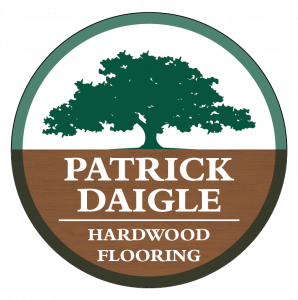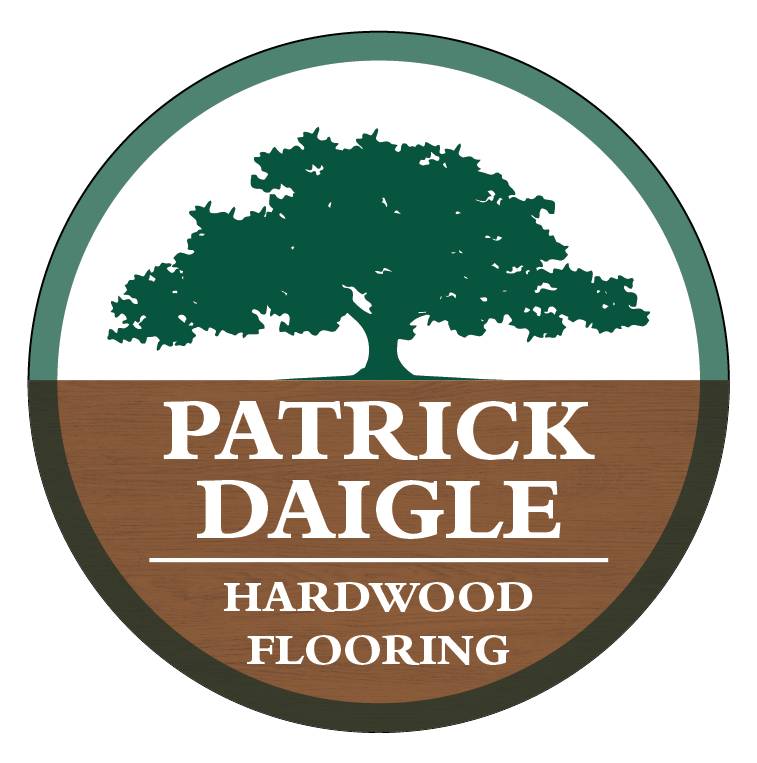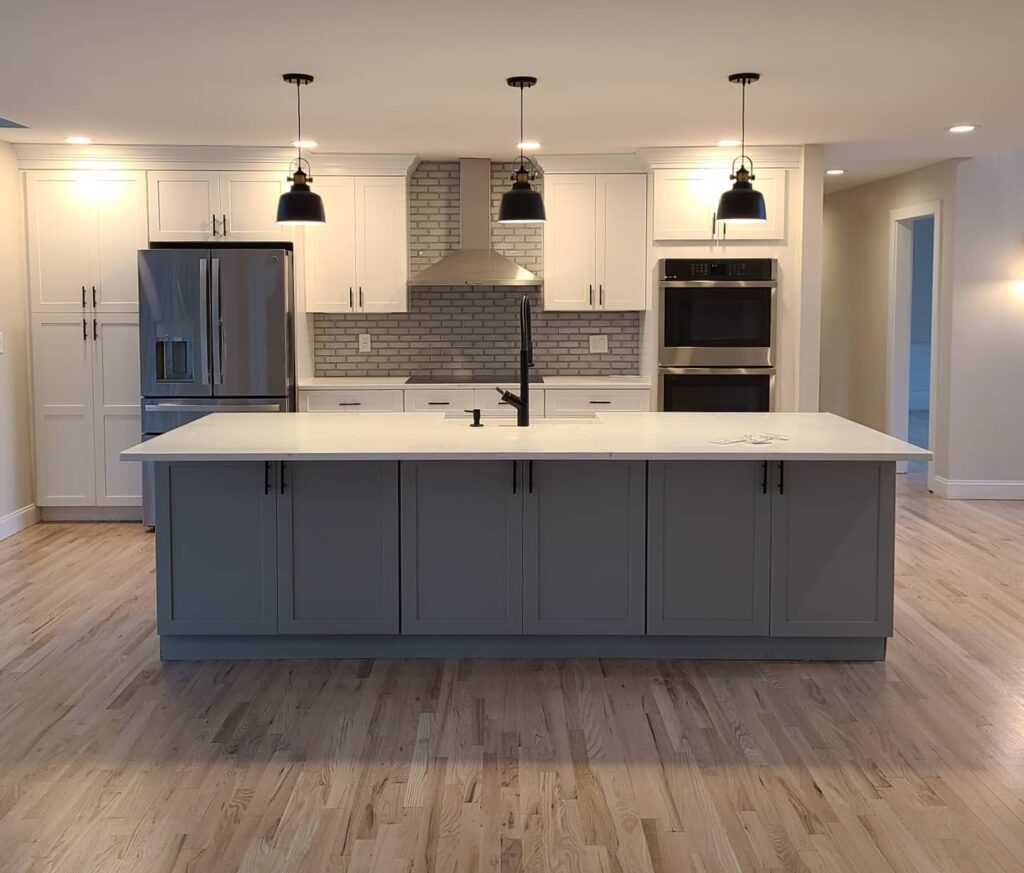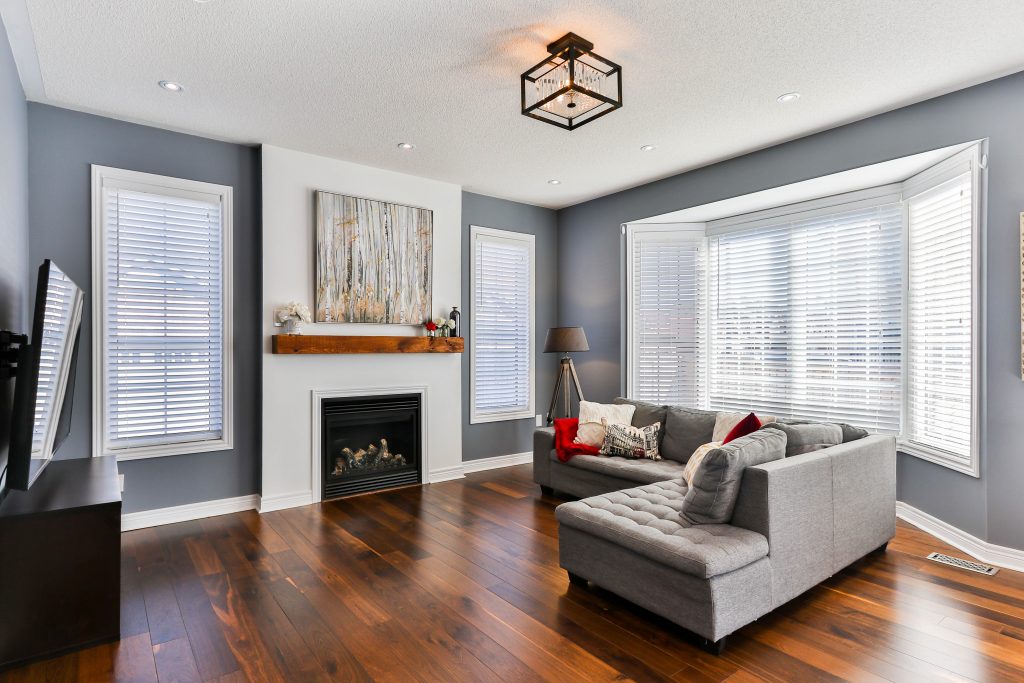Waterproof Hardwood Flooring: Understanding the Truth!
Updating the flooring in your house is one of the most effective ways to give your entire home a makeover. As with any home improvement project, there are going to be important decisions for you to make. You will have to pick out the type of flooring materials, the shade of stain you want, and the type of protective layer you trust the most. Another major topic to consider is the issue of potential water damage. Anticipating future problems can seem like an unnecessary way to stress yourself out, but giving it a second thought could be exactly what you need to do to avoid being caught by surprise at the wrong moment. When it comes to the potential dangers of water damage, you will need to weigh the pros and cons of water-resistant and waterproof hardwood flooring.
What is the Difference Between Water-Resistant and Waterproof Flooring Options?
Water-resistant and waterproof floors are not the same thing. Many people make the mistake of believing the terms can be used interchangeably, but that is not the truth. Water-resistant flooring just means the floor can withstand water up to a certain point, but it will inevitably cave to the effects of water.
-
Water-Resistant
In other words, water-resistant flooring can hold off the dangers of water damage, but it will eventually fall victim to it. Some homeowners end up going with a water-resistant flooring option because it tends to be less expensive than waterproof flooring. While the initial financial savings is a plus, you still run the risk of paying for it down the line if there ever is water damage in your home. The materials that make up water-resistant flooring function almost like a sponge, so once the floor withstands water damage for too long, you will more than likely see signs of warping or swelling in the flooring.
-
Water-Proof
Waterproof flooring is the opposite. There is no threat of water damage at all with waterproof materials. Not only is the flooring stronger than water-resistant options, but it can prevent issues of mold and mildew should it ever come into contact with water. Obviously, waterproof hardwood flooring is going to be more expensive than water-resistant options, but you could end up saving money in the future.
Water damage does not just affect the top layer of water-resistant flooring; it can also affect the subflooring. By the time you have to pull up and fix all layers of your floor, you will have spent more than the difference it would have cost you to splurge on the waterproof flooring instead of the water-resistant flooring in the beginning. Saving your money is the ultimate goal, but sometimes you have to make financial choices that will pay off in the future, and that is especially the case when it comes to updating the hardwood floors in your home.
What are the Types of Water-Resistant Floors?
Natural hardwood floors are only water-resistant. Though there is usually a sealant that is applied to the real wood, you still have to worry about the seams between each wood plank. Each seam is an area for concern because it gives water a space to seep into, which sets your hardwood flooring up to behave like a sponge. Once that water is eventually soaked into the floor, the damage can become quite costly for you.
Many people get a little confused in assuming all new flooring is waterproof hardwood flooring, but that simply is not the case. Another popular route to take for water-resistant flooring is laminate or engineered hardwood. You just have to be careful in your selection because not each laminate or engineered wood option is actually water-resistant.
It is often the case that the top layer of the floor is water-resistant, while the bottom layers are not. Those foundational layers are made up of composite materials that can easily suffer if exposed to water.
What are the Types of Waterproof Floors?
Tile, stone, and vinyl flooring are the most popular types of waterproof hardwood floors. Tile and stone tend to be very common in bathrooms and kitchens. With proper grouting and sealing, you should not have to worry about water damage affecting these floors at all. Naturally, these options can run the gamut as you can easily find pricing on both ends of the spectrum. For the best results, be sure to reseal the floors at regular intervals while they are in your home.
Vinyl is also very popular right now because not only is it durable, but it is also a cost-efficient option for many homes. Additionally, there are also engineered hardwood floors that are waterproof. Engineered hardwood flooring is budget friendly, and it comes in a large variety of options and levels of protection against water damage.
Do Certain Areas of the Home Require Certain Levels of Water Protection?
Water-resistant flooring is great for areas that do not run a huge risk of being exposed to a water emergency. This would include areas like the living room, dining room, or bedrooms. If there happens to be some kind of liquid or water spill in these areas, it should be a simple fix based on wiping up the spill and applying the correct cleaning solution to the floors.
Waterproof flooring is better suited for areas in the house that are prone to water emergencies. This would include the kitchen, laundry room, bathrooms, or basement. In a kitchen, you could experience leaks from the dishwasher, sink, or refrigerator. A broken washing machine could easily cause water damage to a laundry room. In any of your bathrooms, you may have to deal with plumbing issues or broken pipes for your faucet or shower.
Lastly, you will definitely want to have waterproof flooring in your basement because this is a primary location for water damage. Basements are prone to flooding or receiving water damage from the upper levels of the house if anything goes wrong in any of the aforementioned rooms. Not only are basements prone to water damage but they are harder areas to recover due to the humid climates of most basements.
As a side note, urine stains from pets can be a hassle in any room of the house. Once a pet urinates on hardwood floors, you have to act quickly to clean it up. As the urine soaks into the fibers, it immediately begins to stain the wood. The compounds that make up urine are so powerful that they begin attaching themselves to the wood fibers. The odd silver lining of pet urine is that it gives off a distinct smell, so you will probably smell it before you see it. Once your attention has been drawn to the area, be sure to react quickly and clean it up thoroughly to avoid damage.
What Does Water Damage Look Like?
If you are considering water-resistant or waterproof hardwood flooring, it may be because you have already experienced water damage. Water damage is not a one-size-fits-all kind of problem. There are degrees of damage that come with their own telltale signs.
-
Staining
Staining is the discoloration that can happen to your floors if water exposure is left untreated. These stains can be white or black, and each type is specific to its damage. White stains are usually found in circles and they indicate damage done to the floor’s finish. This type of staining is not that serious and can often be fixed with several DIY remedies. Black stains are more serious and they indicate damage done on a deeper level to the wood itself. While these stains do not have to be permanent, black stains are more difficult to remove than white stains, and this is due to the longer length of time that the wood has been exposed to the water.
-
Cupping
Cupping refers to the way the sides or edges of the hardwood flooring can expand after water damage. With the sides sticking out in this obvious manner, it makes the entire look of the floor uneven. Some people can deal with this, but many grow weary of the unbalanced aesthetic this creates in the home.
-
Buckling
Buckling is a rare form of water damage that happens to flooring. With this type of damage, the subfloor pieces detach. This is usually caused by serious water damage, like major flooding. Though buckling does not happen in every home, when it does happen, it definitely requires a floor replacement.
-
Crowning
Crowning refers to when the wood boards have been forced together. This can cause the wood to shrink or stick up after moisture buildup. This type of water damage can be remedied, but you will have to make sure you completely dry the floors first.
How Can I Tell if My Water Damage is Serious?
Surprisingly enough, the color of the water that the flooring is exposed to can usually tell you how serious your water damage is. Black water is going to be your biggest concern. If you notice black water has been sitting on your floors, you more than likely have some kind of sewage problem on your hands. Sewage water is filthy and full of dangerous pathogens. It can also cause you illness, so be sure to wear gloves while dealing with it and keep all children and pets away from it entirely. If you have water damage from black water, you will more than likely need to replace the flooring.
Grey water is not as serious, but it is definitely still dirty water. You will usually encounter grey water when it comes to issues with a dishwasher or washing machine. The water is grey due to typical dirt combined with whatever detergents have built up in the machines. You may need to replace the flooring if you have water damage from grey water, but you could also be able to repair the issue on your own.
Clean water is the least of your concerns. This is usually caused by personal spills or overflowing sinks or bathtubs. With clean water, you do not have to worry about bacteria growing as long as you clean it up quickly. The longer you take to clean up any kind of water, the worse the damage will be. Most experts agree that if the water is left for more than 24 hours, you are going to have serious damage on your hands.
Always wipe up liquid spills immediately using a soft cloth or slightly damp cloth. Pay close attention to puddles and remove any wet rugs, mats, or other fabrics from the floor. You want to avoid leaving any standing water on hardwood floors for an extensive amount of time. If spills have left your flooring discolored, use a cleaning product specially formulated for wood floors to restore stained planks. Be sure to wipe away any excess cleaner as well.
Should I Hire a Flooring Professional?
While it is possible to protect your hardwood flooring from water damage by yourself, it is a better use of your money to hire a flooring contractor because you can trust you will not have to pay out of pocket for your own mistakes. You could also do a decent job the first time, but a professional can guarantee an exceptional job because it will not be their first time. Not only does a professionally completed hardwood floor have aesthetic appeal, but it also gives you the comfort of knowing it is properly protected from water damage while increasing the resale value of your home. Potential buyers who walk into a home could see water damage on the floors and wonder what else is wrong with the house. This could lead to a buyer making a low offer, if they even make an offer at all. The cost of investing in waterproof hardwood flooring is an investment not only for the current homeowner to enjoy, but also for future homeowners.
Contact us today at Patrick Daigle Hardwood Flooring to discuss your waterproof hardwood flooring needs and options. With four generations of experience, we continue to provide exceptional, quality service to the Connecticut area.



